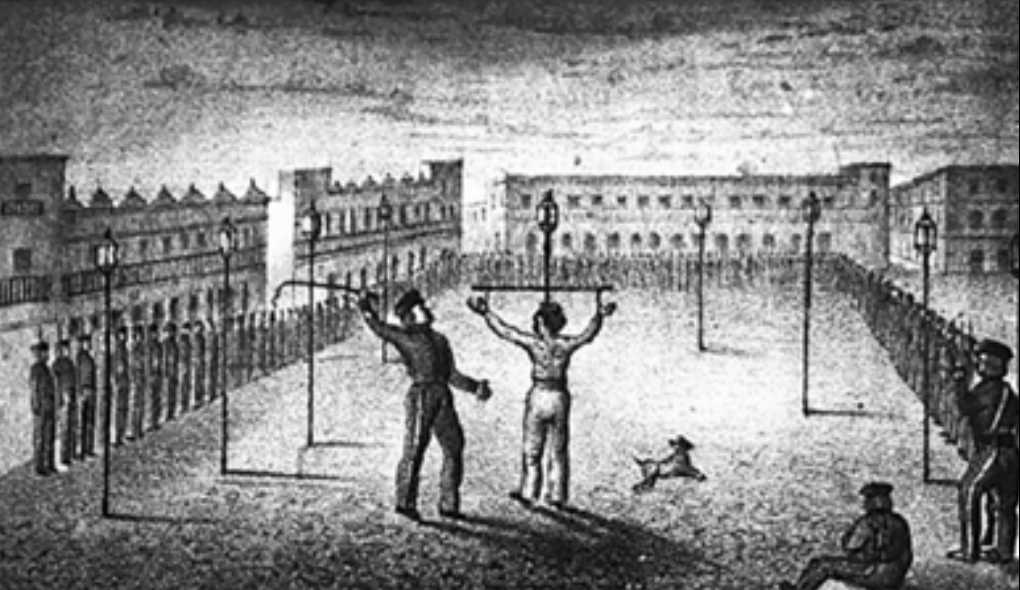The American Occupation of Mexico City in 1847
In September 1847, Mexico City, deserted by its leaders, fell to American forces, marking a bleak chapter in Mexican-American relations. The occupation witnessed brutal public punishments, violence, and a violation of civilian sanctity by American soldiers.

In September 1847, a significant and somber moment in the annals of Mexican history transpired when American forces seized control of Mexico City. This occupation, borne out of the Mexican-American War, represented not just the physical takeover of a city but also a turbulent encounter of cultures and a grim exercise in power dynamics.
The narrative begins with Mexico City's local leadership, feeling the weight of the American invasion, publicly urging resistance fighters to cease combat. A communiqué from the City Council, essentially a cry of desperation, reflected the bleak reality: Mexico City had been abandoned by the highest offices of the land, from the President of the Republic to the Governor of the District.
The message sent out was clear: Continuing to resist was both “irresponsible” and “unpatriotic.” Such sentiments were meant to protect innocent lives, fearing that continued resistance would lead to more casualties. A poignant symbol of this surrender was the placement of white flags outside homes—a universal signal of truce and capitulation.
However, the following events revealed a far more distressing side of the occupation.
Despite the city's overt signs of submission, the American forces exercised their newfound power with often ruthless and vindictive cruelty. Reports of violence, ranging from physical beatings to even murder, were rampant. A particularly grim account suggests that mere suspicion, or even a perceived seditious glare, could result in punishment or death. Such behavior indicates the enormous trust deficit and animosity that persisted during this period.
Additionally, the occupying forces violated the sanctity of private homes, seeking weapons. These searches, unfortunately, sometimes transformed into grotesque incidents of theft and sexual assault. Such episodes were not unilateral. While Mexican citizens resorted to passive resistance like contaminating the food served to the occupiers, the American soldiers remained vigilant, making their presence ominously felt with constant patrols.

Public Punishments
The Plaza de Santo Domingo bore witness to one of the most harrowing displays of dominance by the American forces: public punishments. These events drew large crowds, perhaps out of a mix of fear, fascination, and silent rebellion. The description of these punishments, with soldiers methodically and sadistically flogging men and women, paints a vivid picture of the anguish experienced by the Mexican populace. The process was systematic: The count of lashes, the blood-soaked aftermath, the cries for mercy, and the relentless brutality meted out especially to those who dared show resilience.
This relentless show of force wasn’t just a means of meting out justice but served as a potent tool to instill fear and exert control over the occupied populace. It is intriguing to note the resilience of many, particularly women, who bore their punishments with stoic bravery.
The American occupation of Mexico City in 1847, though a brief chapter in the broader scope of history, left an indelible mark on the collective psyche of Mexico. The memories of abuse, resistance, and survival resonate deeply, shaping narratives of national identity and resistance.
As with any historical account, it's essential to approach these events with nuance. While the occupation was undoubtedly a time of suffering for many Mexicans, it also forms part of a larger tapestry of interactions between the two nations. Recognizing these dark moments is crucial, not to perpetuate animosity, but to ensure that history's lessons are not forgotten.
In-Text Citation: Solares, Ignacio. ‘Los Varazos de Los Norteamericanos a Los Mexicanos Mal Portados | Ignacio Solares’. Revista de La Universidad de México, https://www.revistadelauniversidad.mx/articles/a810802c-727f-4f88-b816-61f674c2c005/los-varazos-de-los-norteamericanos-a-los-mexicanos-mal-portados. Accessed 24 Sept. 2023.




